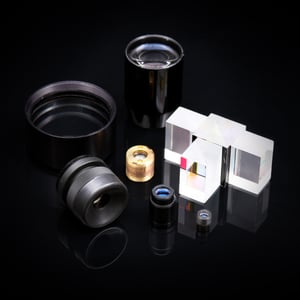 According to KPMG, only 1 in 5 companies say that their supply chain is deployed and optimized to keep pace with customer needs. Supply chain optimization can seem like a daunting task, especially with the long lead times in the optical lens and assembly industry. But it can have a huge reward in cost savings.
According to KPMG, only 1 in 5 companies say that their supply chain is deployed and optimized to keep pace with customer needs. Supply chain optimization can seem like a daunting task, especially with the long lead times in the optical lens and assembly industry. But it can have a huge reward in cost savings.
There are ways to reduce risk and cost in your supply chain. For companies with complex supply chains, different types of purchase orders can help them in different ways. To understand what type of purchase order works best for your situation, you need to understand how each one works.
Here are some of the most common purchasing methods:
Kanban or Blanket Purchase Order
How it works: You request a specific component that you would like shipped at intervals. The supplier commits to providing these parts at the frequency that you need them.
When to use it: This type of PO is best for those who have completed an optical design and need a small quantity of expensive or hard-to-find prototype components, with the expectation of needing more of those parts in the future at regular or irregular intervals. For example, a customer performing research and development may only need one or two lenses at present but will require a reliable supply chain once the product is commercialized.
Consignment or Vendor-Managed Inventory
How it works: The supplier stocks the parts at your site; you only pay when you use them.
When to use it: Vendor-managed inventory is a good fit for those who require regular, high-volume production of standard optics such as micro-optics, aspherical lenses, prisms, custom OEM lenses, and assemblies. Advantages include shorter lead times, fewer stock-outs, and reduce supply chain costs.
Offshore Vendor Management
How it works: Source optical lenses directly from offshore vendors, skipping value-add services such as optical coating design and in-depth optical inspection.
When to use it: Offshoring is a good option for those who aren’t under deadline. Our customers who have tried sourcing directly from offshore manufacturers cited 2-3X longer lead times. As an ITAR-registered supplier, Ross sources standard optical lenses from offshore vendors and provides value-add services such as optical coatings and metrology, providing cost savings without compromising lead time or quality.Download our free guide to learn about supply chain options. The guide also has tips for better quality assurance, elements of quality inspection, and how leading global companies approach supply chain management.
Download the guide today!




